Tips for broccoli planting
Written by Joy
Nov 02 2021
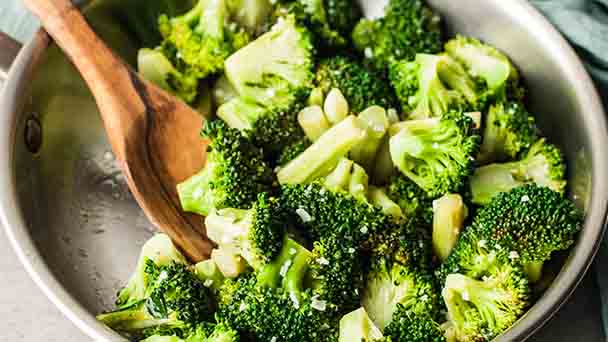
Broccoli is a delicious vegetable rich in vitamins. It is one of the easiest plants to grow in the cruciferous family and requires little maintenance during the planting cycle. Besides, it also belongs to the cruciferous family with cabbage. The unique thing about broccoli is that it can be harvested twice a year (autumn and summer). Now, it’s time for every gardeners to find a piece of sunny and fertile soil in your garden and start growing broccoli!
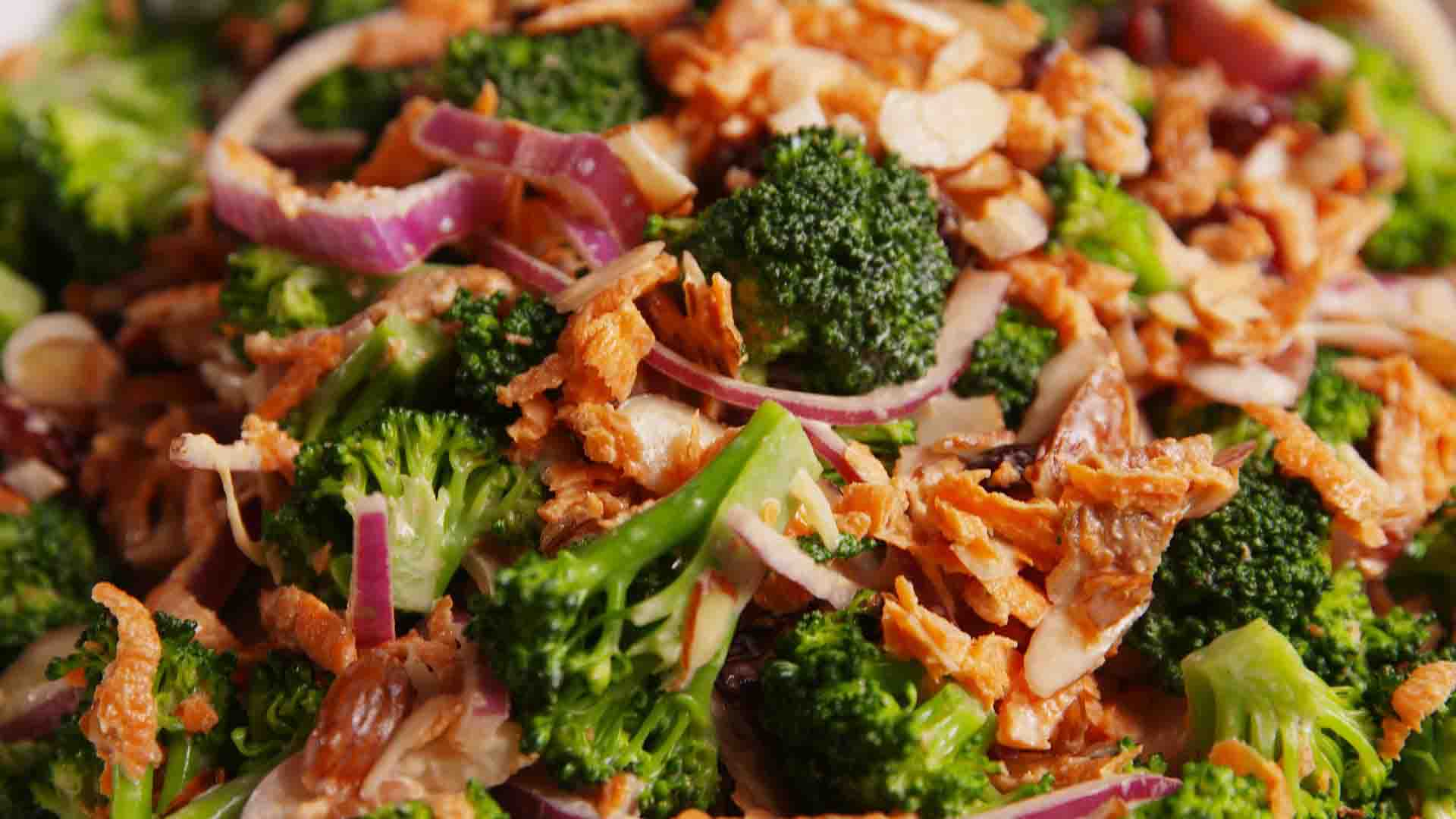 The local agricultural extension department should be able to provide soil testing tools and methods.
The local agricultural extension department should be able to provide soil testing tools and methods.
If the soil pH is below 6.0, you can use acid compost or compost.
If the soil pH is higher than 7.0, adding sulfur particles to mix is also a good choice.
If the soil is prone to waterlogging, experts recommend that you consider building a garden planting tube to lift the soil off the ground. If possible, it is necessary to use cypress as a plant box, because cypress will not rot when exposed to water.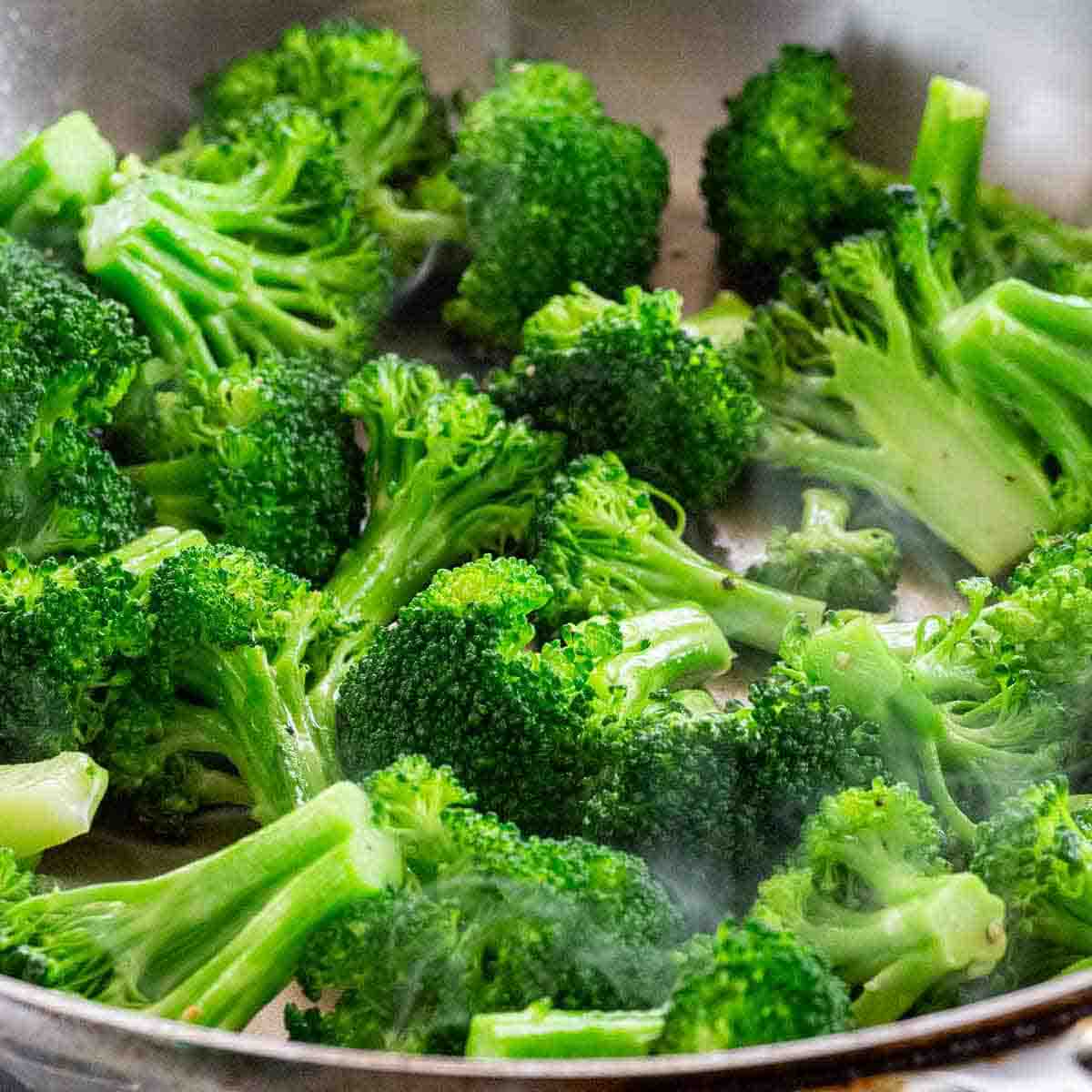 To make the soil more fertile, you can add four inches of mature compost to the soil. If the soil is very poor, organic fertilizer with high nitrogen content can also be added.
To make the soil more fertile, you can add four inches of mature compost to the soil. If the soil is very poor, organic fertilizer with high nitrogen content can also be added.
Organic fertilizers like alfalfa, cottonseed meal, manure, etc. are very suitable for growing broccoli.
Rotate seeds indoors. If you want to plant seeds indoors, you’d better plant them in peat pots or other small broccoli seedling pots, and pay attention to ensuring sufficient sunlight.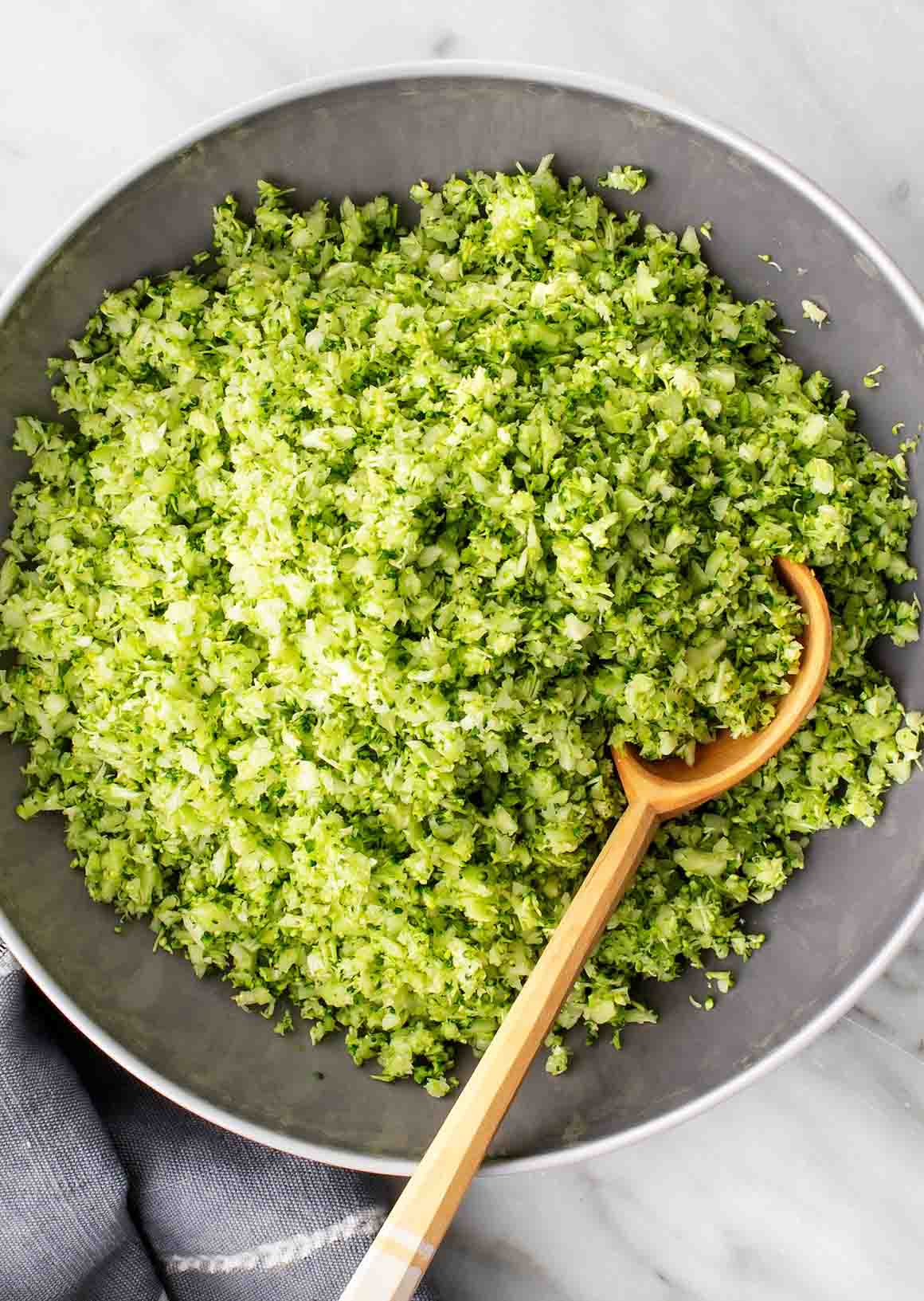 The steps of indoor seeding are the same as outdoor broccoli seeding, except that no dilution is required when separating plant broccoli seedlings.
The steps of indoor seeding are the same as outdoor broccoli seeding, except that no dilution is required when separating plant broccoli seedlings.
You'd better dig rows of 1.25 cm deep pits, each row 7.5-15 cm apart. You should put a few broccoli seeds in each pit and fill it with soil.
If planting outdoors, gently rake the soil with a rake so that the soil covers the broccoli seeds without harming the seeds.
If planting in a peat pot, you'd better use your fingers to lightly cover the broccoli seeds with soil.
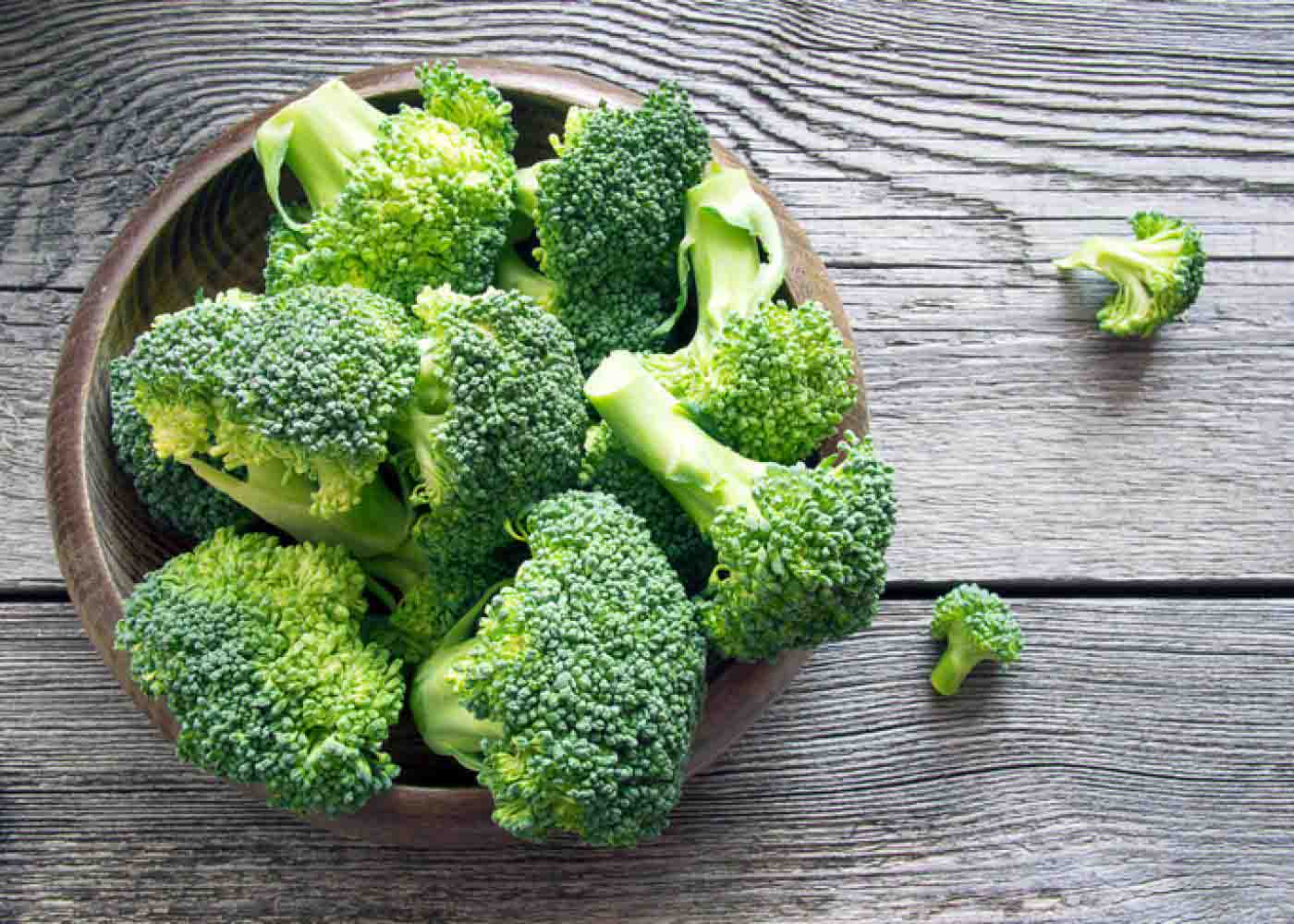 When the broccoli seedlings grow to a height of 2.5 cm, they need to be thinned in order to give them enough space to grow. You could leave broccoli seedlings that look relatively healthy and thin the seedlings at intervals to ensure enough space between the seedlings to grow.
When the broccoli seedlings grow to a height of 2.5 cm, they need to be thinned in order to give them enough space to grow. You could leave broccoli seedlings that look relatively healthy and thin the seedlings at intervals to ensure enough space between the seedlings to grow.
It's necessary to water the broccoli seedlings thoroughly before placing them. Before transplanting seedlings, you’d better ensure that you have roughly completed a suitable soil preparation method, including fertilization.
Dig a hole about 7.5 cm deep and plant the broccoli seedlings at 0.4-0.6 meters apart. It's a good choice to bury the soil in the bottom leaves of the plant, but don't cover it. Small varieties can be planted one foot apart.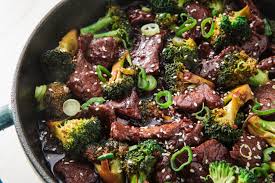 When planting broccoli seedlings outdoors, you'd better use mature compost, leaves or bark as organic mulch to make the soil temperature suitable. Covering the cross with black plastic increases the soil temperature. Don't forget to water the soil thoroughly after transplanting.
When planting broccoli seedlings outdoors, you'd better use mature compost, leaves or bark as organic mulch to make the soil temperature suitable. Covering the cross with black plastic increases the soil temperature. Don't forget to water the soil thoroughly after transplanting.
If you want to grow broccoli more professionally, you can use a rain gauge to measure the moisture of the soil.
Be careful not to water the broccoli flower bones when watering, as that will make the flower bones moldy.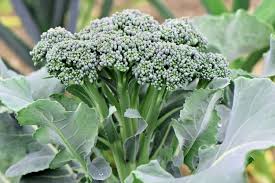 If it is under extremely hot or extremely dry conditions, watering should be added.
If it is under extremely hot or extremely dry conditions, watering should be added.
If there are weeds around the broccoli, you'd better use mulch to suppress the growth of the weeds instead of pulling them out directly, otherwise the root system of the broccoli may be damaged.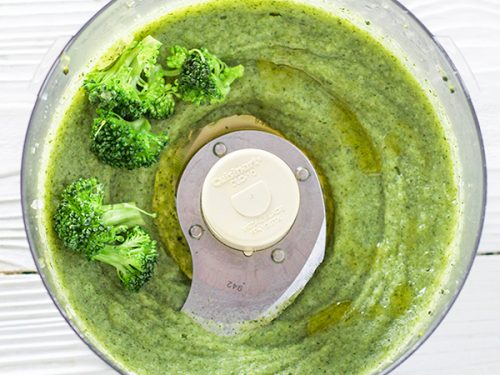 Chemical pesticides can also be used to remove weeds, so that the root system of broccoli will not be damaged.
Chemical pesticides can also be used to remove weeds, so that the root system of broccoli will not be damaged.
For the growth period of special varieties of broccoli, please refer to the Select Varieties section.
Do not break the corolla. It’s a good idea to cut with scissors to use the next growth.
After cutting the corolla correctly, new buds of broccoli will grow on one side of the stem.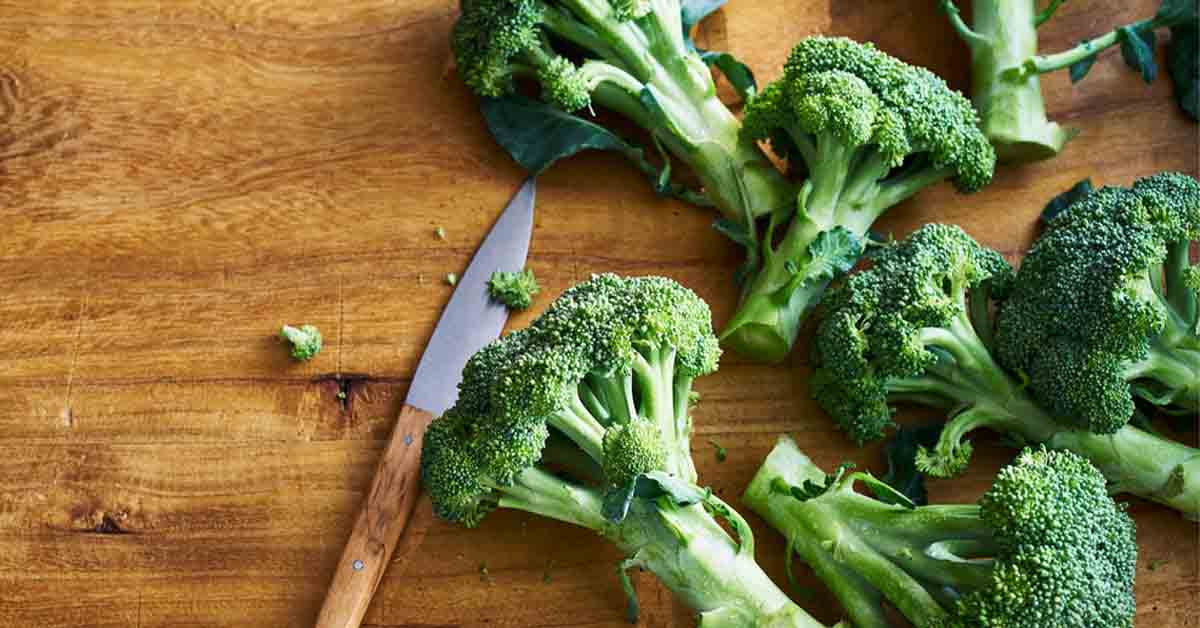 Arcadia
Arcadia
Bolsta
Mackenzie
Vegetative bud
Parkman
Broccoli
De Cicco
Purple Peacock
Purple Spruce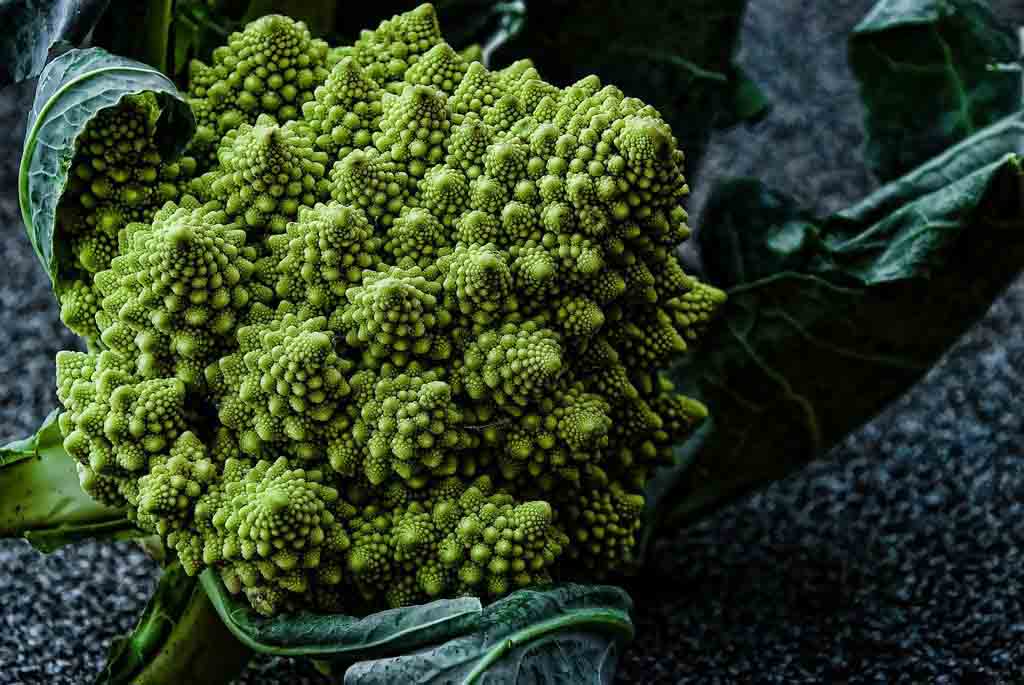 Natalino
Natalino
Rome Italy
Veronica
Early Autumn Rapini
Tagrosa
Sorrento
Zamboni
When transplanting broccoli seedlings, the expected maturity period should be at least 10 days less than expected.
Broccoli can germinate at a temperature of 4.5°C. (Find more Winter Vegetables here.)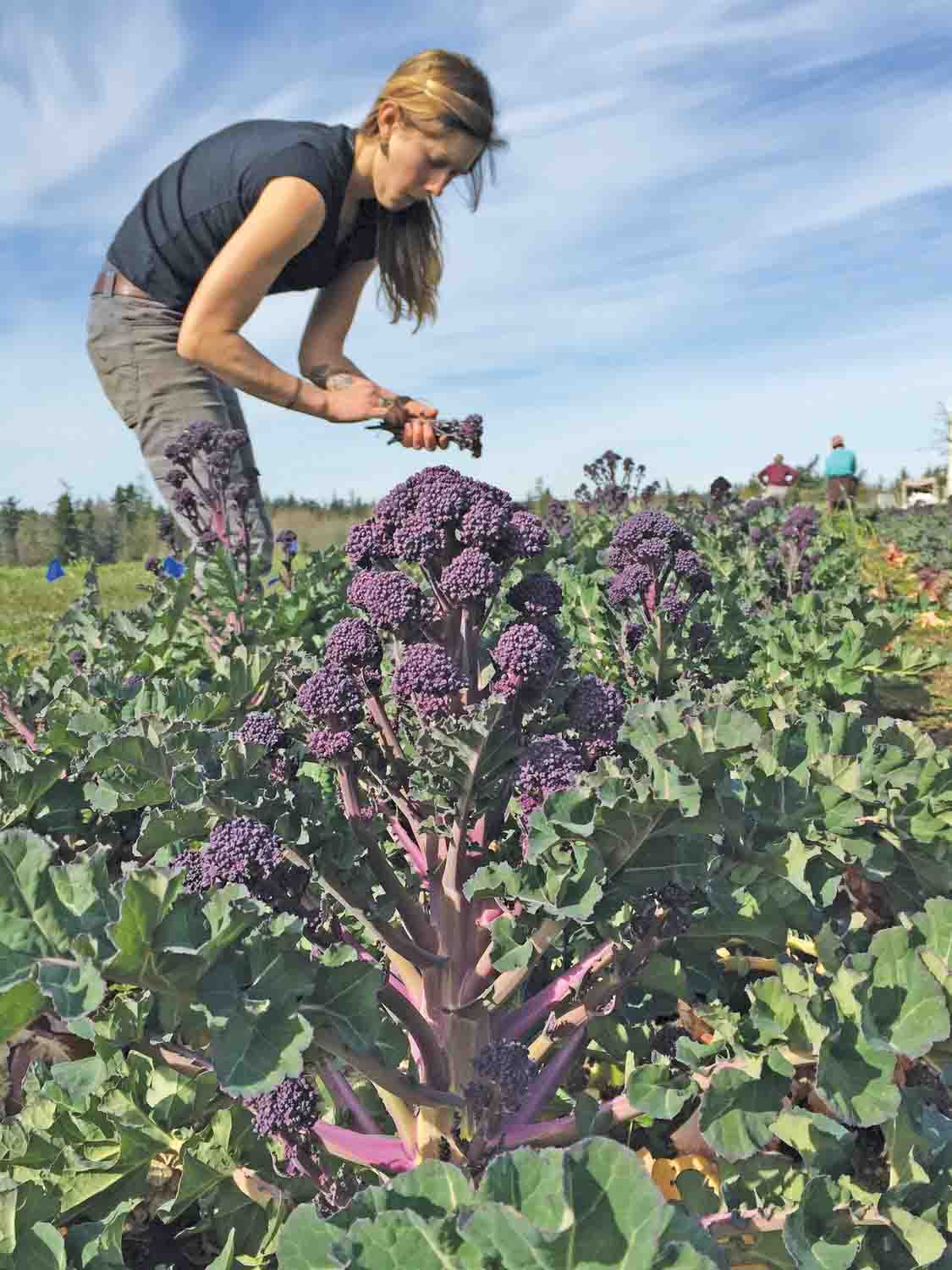 Dwarf beans, cucumbers, carrots, beets and broccoli are good symbiotic plants and can be planted in the same vegetable garden.
Dwarf beans, cucumbers, carrots, beets and broccoli are good symbiotic plants and can be planted in the same vegetable garden.
Note that if the weather is warm, it is best to plant broccoli seedlings in the fall.
In summer, cabbage bug larvae and locusts tend to bite broccoli.
1. Planting time of broccoliThe method of planting broccoliSowing broccoliIndoor broccoli seedling transplantationHarvest broccoliBroccoli Select varietyChoose a large-headed broccoli varietySprout varieties can be planted in warm winterFertile soil can grow Roman broccoli varietiesBroccoli Rab grows faster in cool weatherHintsAttention
1. Planting time of broccoli
Many people think that broccoli can only grow one season, but it's not true. Broccoli can be grown in two seasons, in March and July. It's a good choice to start planting in mid-March and harvest in early June. If it is planted in early July, the harvest will be ready by mid-September. Because broccoli prefers warm, cooler weather, the harvest in March is generally better than the harvest in July.The method of planting broccoli
Sowing broccoli
Test soil pH
Broccoli is suitable to grow in soil with a pH of 6.0 to 7.0. Gardeners can detect soil pH and add different nutrients to adjust soil acidity. During the planting process, the medicine regularly checks the soil pH.
If the soil pH is below 6.0, you can use acid compost or compost.
If the soil pH is higher than 7.0, adding sulfur particles to mix is also a good choice.
Make sure the soil is fertile and well drained
If the soil does not meet the above conditions, you'd better need to make the necessary preparations.If the soil is prone to waterlogging, experts recommend that you consider building a garden planting tube to lift the soil off the ground. If possible, it is necessary to use cypress as a plant box, because cypress will not rot when exposed to water.

Organic fertilizers like alfalfa, cottonseed meal, manure, etc. are very suitable for growing broccoli.
Choose a sunny area for broccoli
Although broccoli likes the sun, it also needs some shade.Sowing broccoli seeds directly outdoors
If the broccoli is harvested in summer, sow it two to three weeks before the last spring frost. If it is an autumn harvest, sow directly outdoors 85-100 days before the first autumn frost.Rotate seeds indoors. If you want to plant seeds indoors, you’d better plant them in peat pots or other small broccoli seedling pots, and pay attention to ensuring sufficient sunlight.

You'd better dig rows of 1.25 cm deep pits, each row 7.5-15 cm apart. You should put a few broccoli seeds in each pit and fill it with soil.
If planting outdoors, gently rake the soil with a rake so that the soil covers the broccoli seeds without harming the seeds.
If planting in a peat pot, you'd better use your fingers to lightly cover the broccoli seeds with soil.
Soak the soil with water
But be careful not to leave puddles, the broccoli needs to be well drained. If growing indoors, moisten the soil with a spray bottle.Adjust soil temperature
When planting broccoli seedlings outdoors, it's a good choice to use mature compost, leaves or bark as organic mulch to make the soil temperature suitable. If the planting area is cold, it is recommended that gardeners can cover with black plastic to increase the soil temperature. You can buy plastic coverings in the garden supply warehouse, but use black plastic that is not too hard like oilcloth.Outdoor thinning

Indoor broccoli seedling transplantation
Seedlings need to be transplanted when they grow to a height of 10-15 cm. It usually takes six weeks to transplant seedlings. The height and development of the broccoli seedlings are much more important than the germination time.It's necessary to water the broccoli seedlings thoroughly before placing them. Before transplanting seedlings, you’d better ensure that you have roughly completed a suitable soil preparation method, including fertilization.
Dig a hole about 7.5 cm deep and plant the broccoli seedlings at 0.4-0.6 meters apart. It's a good choice to bury the soil in the bottom leaves of the plant, but don't cover it. Small varieties can be planted one foot apart.
Adjust the soil temperature.

Conserve broccoli
Water the broccoli on time
You'd better water 2.5-3.75 cm deep every week, and plant broccoli to keep the soil moist.If you want to grow broccoli more professionally, you can use a rain gauge to measure the moisture of the soil.
Be careful not to water the broccoli flower bones when watering, as that will make the flower bones moldy.

Fertilize every three weeks after planting broccoli
When fertilizing broccoli when new leaves are growing, it's time to use organic fertilizer with high nitrogen content like fish emulsifier. Fast results need to be fertilized twice a week in real time.Don't dig pits to transfer soil
The roots of broccoli seedlings are very shallow. Turning the soil may cause accidental damage to the root system and affect the growth of broccoli.If there are weeds around the broccoli, you'd better use mulch to suppress the growth of the weeds instead of pulling them out directly, otherwise the root system of the broccoli may be damaged.

Harvest broccoli
The broccoli can be harvested when the flower bones are tightly closed and dark green. You'd better not wait until the flowers turn light green or yellow before harvesting. When the corolla reaches the stem, cut it off with garden shears.For the growth period of special varieties of broccoli, please refer to the Select Varieties section.
Do not break the corolla. It’s a good idea to cut with scissors to use the next growth.
After cutting the corolla correctly, new buds of broccoli will grow on one side of the stem.
Broccoli Select variety
Choose a large-headed broccoli variety
If you want enough growth space, you can choose a large-headed broccoli variety. Large-headed broccoli varieties can grow large corollas between fall and spring. These are the most common varieties. If planting these broccoli varieties in spring, it usually takes 50-70 days to mature, and if planting in autumn, they usually mature in 65-90 days. There are the following varieties of large heads
Bolsta
Mackenzie
Vegetative bud
Parkman
Sprout varieties can be planted in warm winter
The characteristics of the smear bud varieties are that they look thicker but have smaller corollas and grow well in autumn and winter. If planted in spring, it usually takes 50-70 days to mature, and if planted in autumn, it usually matures in 65-90 days. There are the following varieties of wiping buds:Broccoli
De Cicco
Purple Peacock
Purple Spruce
Fertile soil can grow Roman broccoli varieties
The corolla of Roman broccoli varieties is vortex or cone, which is very beautiful when grown in the garden, and it is very crisp to eat. Roman broccoli varieties are best grown at around 80°C and require sufficient water. If planted in spring, it usually takes 75-90 days to mature, if planted in autumn, it usually takes 85-100 days to harvest. The Roman varieties are as follows:
Rome Italy
Veronica
Broccoli Rab grows faster in cool weather
These varieties can harvest buds, so they are more fragrant than other varieties. If planted in spring, it usually matures in 40-55 days, and if planted in autumn, it usually matures in 50-75 days. There are the following varieties of broccoli rags:Early Autumn Rapini
Tagrosa
Sorrento
Zamboni
Hints
White and purple broccoli varieties are sown after the spring frost.When transplanting broccoli seedlings, the expected maturity period should be at least 10 days less than expected.
Broccoli can germinate at a temperature of 4.5°C. (Find more Winter Vegetables here.)

Note that if the weather is warm, it is best to plant broccoli seedlings in the fall.
Attention
Broccoli is easily bitten by cabbage caterpillars and loopworms. Check the broccoli every day to remove parasites on the plant. You can also plant broccoli under the mulch, or use BTK, rotenone, pyrethrum and other chemical agents to remove pests.In summer, cabbage bug larvae and locusts tend to bite broccoli.
Read Next:
10 Best Winter Vegetables that Improve Your Health
Latest Updated
- Benefits of Bugleweed - 7 Science-backed Health Benefits
- Bugleweed Dangers & Side Effects - Is It Poisonous?
- How to Plant Evergreen Trees - What You Should Know
- When to Plant Evergreens - Grow Guide for Evergreen Trees
- 12 Wonderful Evergreen Shrubs for Your Garden
- 12 Popular Evergreen Plants with Pictures for Beginners
- When And How To Prune A Lilac Bush Like a Pro
- How to Grow & Care for Lilac Vine (Hardenbergia Violacea)
- Japanese Lilac Tree (Syringa Reticulata) Care & Propagation Guide
- Shumard Oak Pros and Cons - What to Know
Popular Articles
- Winter maintenance of Antirrhinum Majus
- How to Grow Terminalia Mantaly Tree
- How to Grow and Care for Crossostephium Chinense
- How to grow Antirrhinum Majus in spring
- Peristeria Elata (Dove Orchid) Profile: Info & Care Guide
- Underwatered Snake Plant (Sansevieria Trifasciata) - Signs And How To Fix
- How to Care for Brazilian Jasmine Plant (Mandevilla Sanderi)
- How to Grow & Care for Graptopetalum Purple Delight in Summer
- Rosa Chinensis (China Rose): Plant Growing & Care Tips
- How to Care for Baby Sun Rose (Aptenia Cordifolia)